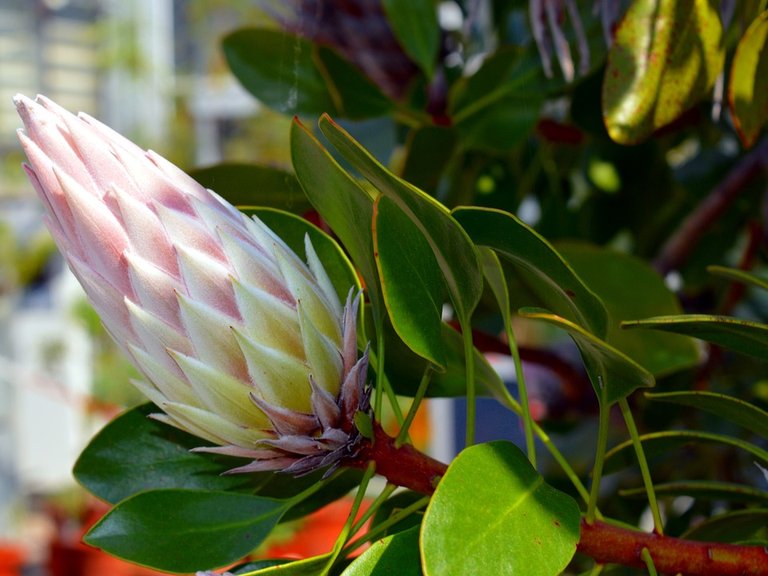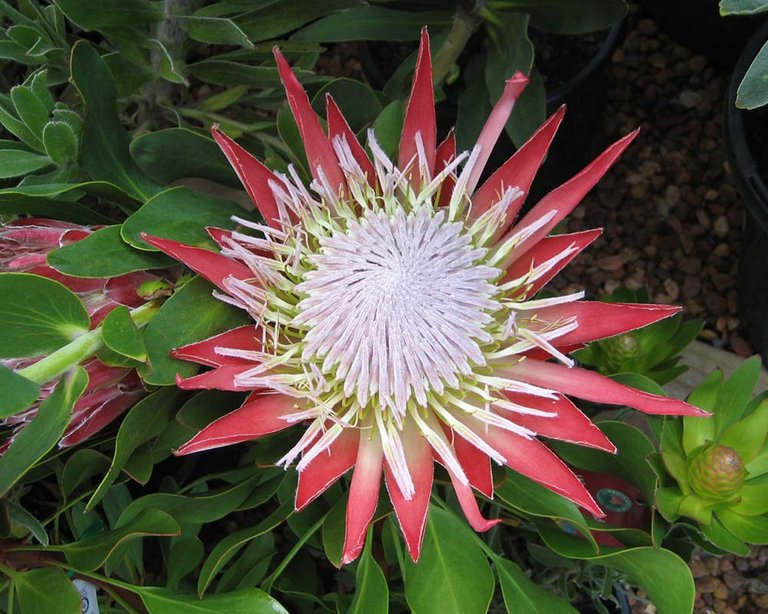Proteas

Proteales, the protea request of dicotyledonous blooming plants, with 3 families, around 75 genera, and about 1,060 species. Alongside Buxales, Ranunculales, Trochodendrales, and Sabiaceae, Proteales is a piece of a gathering known as fringe eudicots in the Angiosperm Phylogeny Group III (APG III) natural order framework (see angiosperm).

The biggest family in the request is Proteaceae, which has near 75 genera and 1,050 species and is kept transcendently toward the Southern Hemisphere, generally in Australia, South Africa, and Madagascar. Platanaceae has a solitary Northern Hemisphere sort Platanus, with 8– 10 species. So also, Nelumbonaceae has only one sea-going class, Nelumbo (lotus), with two north-mild species. The reassignment of these families into a solitary request was an astounding result of family-level sub-atomic examinations. It is difficult to envision three such divergent families being gathered into a solitary request, yet even nonmolecular information offer some help for this relationship, especially the relationship of Platanus and Proteaceae.

Individuals from Proteaceae are woody trees and bushes. The plants are portrayed by blossoms that are typically exclusively little however are joined into thick, frequently conspicuous inflorescences (botanical groups). They have a four-separated perianth (whorl of petal-like parts), with the four stamens (male dust creating structures) joined to the tips of the perianth fragments, at times with just the anther (dust sac) obvious. The basic or some of the time much-separated leaves are normally on the other hand orchestrated and are frequently thickly secured with hairs or have a thick fingernail skin, and the stomata in a few animal groups are limited to profound pits with blocked passages. A few or these attributes might be adjustments to enable retard to water misfortune. The plants commonly develop in locales that have a long dry season every year. Indeed, even indirectly related individuals from the family may display comparative adjustments to flame, to be specific huge underground woody tubers or seeds held in woody follicles that are discharged simply after a copy.

magoo-2 found a series of multi accounts of a same owner is following your articles to cheat your generous rewards.
magoo-2 found these accounts are suspicious & can be multi accounts of a single owner. Conclusion is based on last 30 days transactions:
@masud1234
@dtube2
magoo-2
Check our latest multi comment spam update report